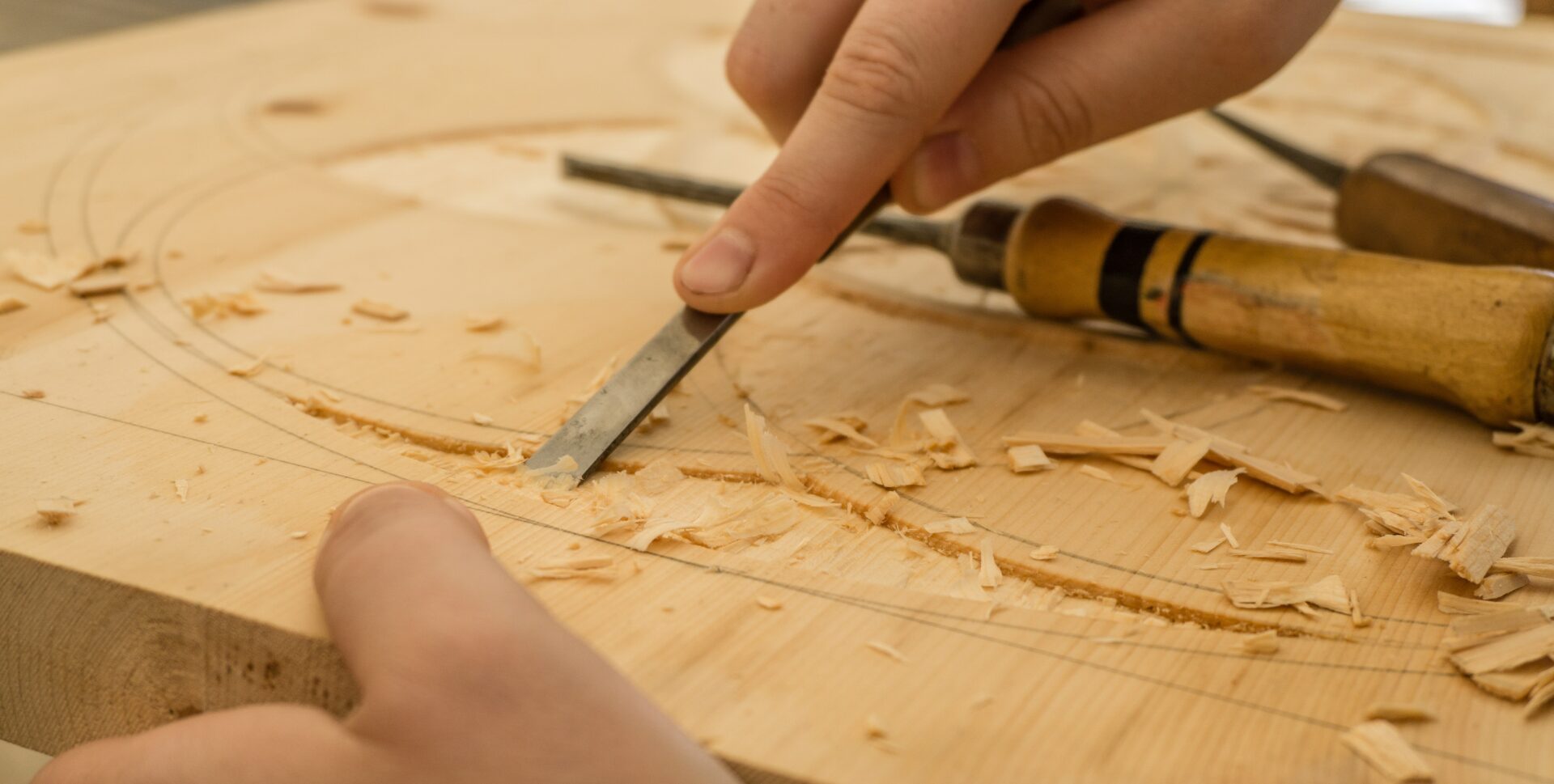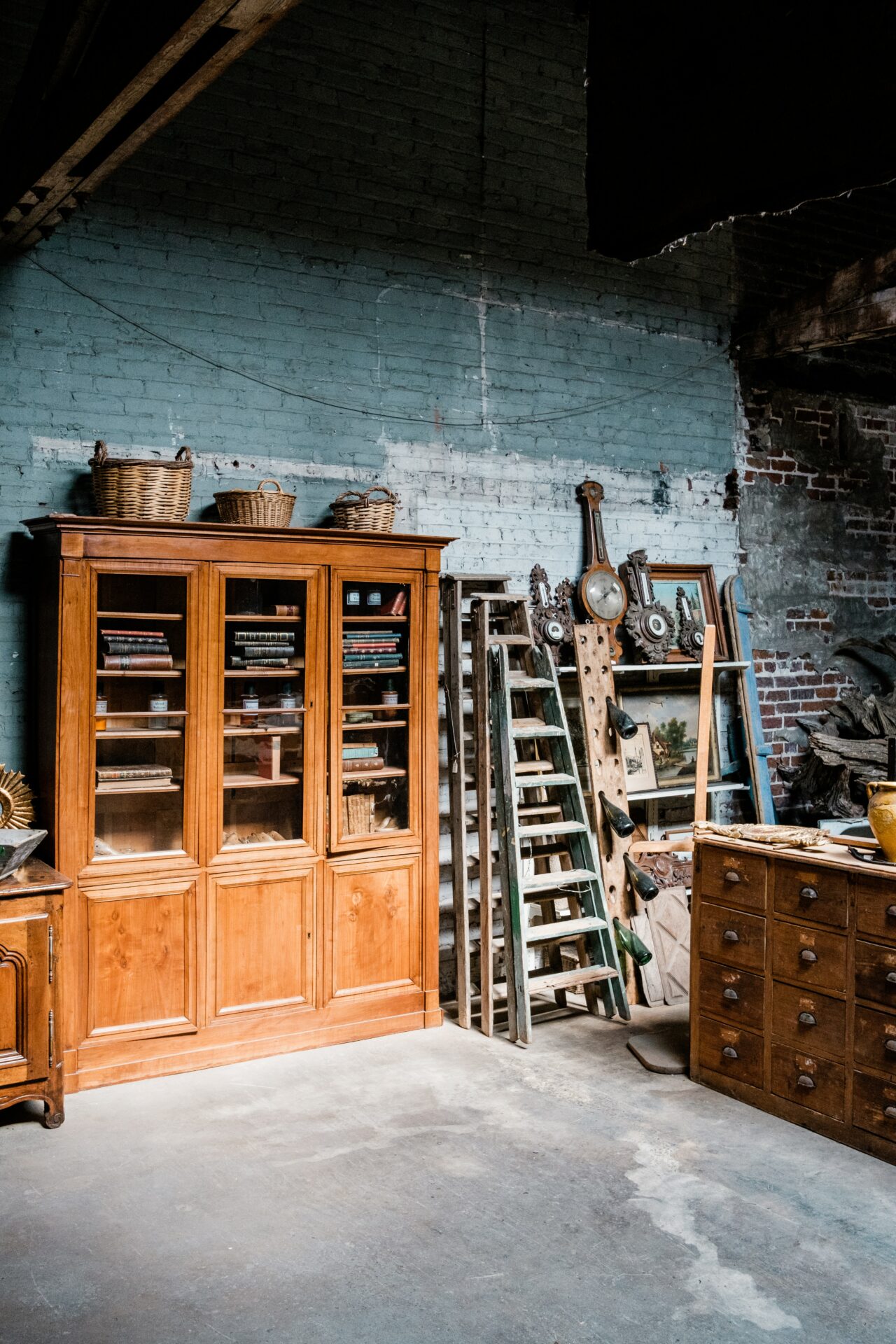How to Promote your Cabinet Making Business: Online and for Free
Most adults find contractors and other product specialists online. It’s also true that more than 50% of all homeowners are active participants on social media platforms such as Facebook, Twitter, Pinterest, and Instagram. This is a major reason why business owners in multiple industries are investing time, resources, and of course, money into online search engine marketing or social media marketing programs.
Cabinet Makers can likewise use the power of online marketing to enhance their ability to reach potential customers. Since most consumers use the internet to learn about custom cabinets, interior décor and other home improvement projects, taking advantage of this fact by establishing a solid online marketing program simply makes sense.
Why It’s Smart for a Cabinet Maker to Use Social Media Marketing
It is common for many businesses to overlook how effective social media marketing can be. When a social media campaign is planned, executed, and optimised over time it can capture new leads, help convert those leads, and established brand affinity.
Online marketing is very affordable for most service-based industries. When executed correctly, it can deliver amazing return on investment. There are several variables that impact the success or failure of an online marketing or social media marketing campaign, including the quality of followers, the content produced, the willingness of sharing and interaction with page visitors.
While setting up a social media page is simple, developing the content and the right strategy to connect with potential consumers is the hard part. In the beginning, it will require time, research, and perhaps some help from a professional or experienced social media user, to establish content that is relevant and well organized.
However, if done right, and posted with the correct platforms, with targeted content to your consumer, a social media campaign can be highly effective at growing your cabinet business.
Developing Informative and Engaging Content Matters
It is well understood that having a clear and concise website that informs and educates your customers is crucial for any cabinet making business. Not only does it give you the opportunity to showcase your craftsmanship, but the quality of the content on your website will also influence the site visitor’s opinion about the quality you represent. Therefore developing informative and high-quality content matters.
Good content begins with preparing keywords that your customers use while navigating search engines. Finding the right keywords can be as simple as connecting with Google or reaching out to aSearch Engine Optimisation expert. Once your keyword strategy has been created, you’ll need to develop content that is relative to your industry and informative to your consumer.
Below we’ll discuss more way to do this:
First, ask your customers.
If you have current customers that you serve, ask them about areas in your industry that they would like to learn more about. Gather ten of these frequently asked questions, and you have yourself a very good blog or article topic.
Second, become an expert in your industry.
Quality content is also determined based off a web site’s ability to be an authority on the content. For a cabinet business, consider developing website content that shows illustrations or videos about how your products are made. One major key to quality content is ensuring you have lots of images, infographics, and engaging content that others feel inspired to share with their friends.
Third, consider where you post and how the website is set up..
A good blog will draw site visitors to your website, but a powerfully designed website that focuses on seeding content through a buying funnel is how conversions are achieved. Make sure your blog pages have quick and easy to access links to product pages, so the customer can quickly access samples of quality cabinetry you make.
Link Building is Essential
There was a time in online marketing when link building was 100% about quantity and not quality. Today’s advanced mathematical algorithms used on search engines have put an end to that philosophy. It is more important to have high quality and authoritative links on your website in order to increase your search engine optimisation ranking.
While having outbound links to others is the easy part, earning inbound links to your website is a challenge for any business. One easy way to begin the link building process with others in your industry is to connect do it yourself bloggers, or journalists focused on home improvement looking to share or develop content based on your cabinetry business.
Inviting guest bloggers to write content for your website, and post links on their website is another fairly simple way to develop the link building relationships. Likewise, connecting with social media influencers, or people with high rates of followers in your niche is another powerful link building strategy.
Longtail Keywords – Why Use Them?
Right there was a time when keyword research was focused on individual words that consumers would type into search engines. However, with more content online added every day, trying to rank with individual words is very difficult. This is where longtail keyword phrases come into play. For example, if you own a cabinet business in New Zealand, and are looking to attract new homeowners looking for custom cabinets, creating content that is focused on what those consumers would type into Google is an example of a long tail keyword phrase.
In this example, it would be logical to assume that a new homeowner what type “custom cabinets in New Zealand” into the search engine. This five-word phrase is a long-tail keyword example. A short tail keyword phrase would be “custom cabinets” – while the addition of “in New Zealand” makes it a long-tail keyword phrase.
By starting with this type of keyword philosophy you can capture low hanging fruit instead of trying to find the needle in the haystack.
Responsive and Adaptive Websites are Crucial
Every day, more consumers discover the power of mobile technology by connecting to websites. For a website to be displayed correctly on a mobile device like tablets or mobile phones, the website needs to be built adaptive and responsive. This allows your site visitors to access all website tools from any mobile device.
If you choose to do it yourself, keep a few things in mind. First, the size of images and graphics must comply with mobile standards. Second, keep your contact forms short and sweet. Finally, structure your content to place important information on top of the page. Cabinet makers should also consider their insurance options.
This information is general only and does not take into account your objectives, financial situation or needs. It should not be relied upon as advice. As with any insurance, cover will be subject to the terms, conditions and exclusions contained in the policy wording. © 2025 BizCover Limited.





